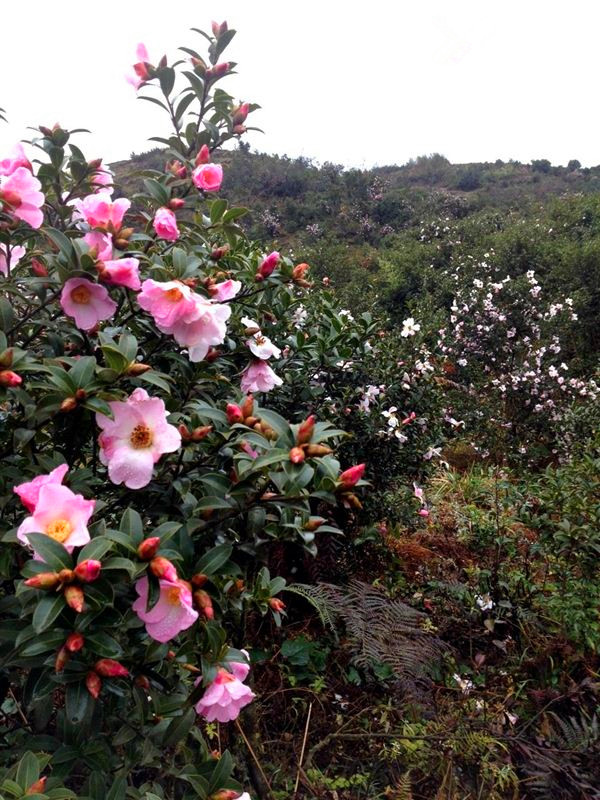Wuwei Wang Jianyun: take the lead in developing the industry of getting rich
Relying on a series of policies of the party to benefit the people, the rural economy of Wuwei City is changing with each passing day. In the process of speeding up the development of industries with characteristics to enrich the people, more and more poor villages and households have embarked on the road of getting rid of poverty and becoming rich by developing the main production mode of "facility agriculture and animal husbandry + characteristic forest and fruit industry". Pine Village, Songshu Town, Liangzhou District is one of the representatives.
Starting in 2011, Wang Jianyun, a villager of Songshu Village, started from scratch, taking the lead in growing all 20 mu of his farmland into thin-skinned walnuts.
"Don't underestimate these walnuts. They play a great role. They are our cash cow. The whole village has become rich by planting walnuts." Wang Jianyun told reporters that in recent years, he has strictly followed the technical regulations for ditching, soil preparation and planting. In the process of planting, he modestly consulted the technical cadres of the town's forest and fruit station, and left enough nutrition belts to ensure that the seedlings were ventilated and transparent, and bagged and covered with plastic film in time. After planting, according to the various stages of walnut seedling growth, watering, fertilizing, spraying, weeding and burying soil on time to ensure that the planted thin-skinned walnut is planted and alive. The walnuts that have been planted are managed and protected in strict accordance with the technical requirements of the walnut annual management calendar to ensure one-year survival, three-year fruit and five-year high yield.
Today, driven by Wang Jianyun's demonstration, all the villagers are actively developing the characteristic forest and fruit industry. Up to now, the whole group has developed 569.3 mu of characteristic forest and fruit, with a per capita of 4.74mu.
Related
- A course of planting techniques and methods on how to grow carrots
- How to plant the latest tulips?
- Is it better to pick tea in the morning or in the afternoon? When is the best time for tea to be picked? what is the third or fifth tea?
- Launch Yuanxiao Happy combination Haocha + Tea Yuan healthy Taste
- Penghu Tourism "Fireworks 20 Parade with You"
- 2022 West Lake Happiness holds "Digital Revitalization Voucher" and draws iphone13 and laptop.
- Banqiao Fuzhou social houses are designed to change start-up combined with police elimination to create a safe and livable environment
- The convenient measure of "mechanical weeding" in Xinbei has been abused and the Agriculture Bureau has imposed heavy penalties on the illegal land consolidation.
- Changgeng University Joins Hands with Four Memory Factories to Rescue Memory Talent Shortage
- The list of Taiwan's top 100 MVP managers is listed by the Director-General of the Farmers' Association of Sanxia District.



